Updates, Wound Cases
Wound Widgets & Wonderments
As an herbalist I have, on a regular basis, the opportunity to do something most herbalists don’t get to do. That is, applying herbs to the management of serious wounds. I started managing wounds with herbs many years ago in my veterinary practice and have since shared the things I’ve learned with hundreds of clients that have used these principles to heal all manner of wounds.
In reflecting on my experience, it’s clear that the most common types of wounds I see are either traumatic wounds and lacerations (cuts) or venomous bites from spiders and snakes. Both of these types of wounds require immediate attention for the best outcome and are likely to occur where that immediate attention isn’t very….well…immediate.
So what do you do?
You carry what you need with you. That’s what you do.
Whether you’re hiking, camping, hunting, or just driving around, it’s a really good idea to have some basic supplies that can help you address these first aid emergencies. I got to thinking about this recently and it’s surprising how little one really needs. With only a few herbs and supplies, one can manage bleeding, venomous bites and lacerations pretty easily. So what are these wound widgets and wonderments?
Glad you asked!
With just three herb formulas I regularly control bleeding, manage venomous bites and stings and accelerated wound healing. Those formulas are:
And Poultice.
I recommend folks have access to these formulas during times when they might get a wound…you know…like the times when you have your skin with you. I’d carry a tincture and a powder of each. Wait..a Poultice tincture? Yup. A poultice tincture. These days I only use the powdered poultice as a wound dressing when I want to pull out infection and debris. For most wounds I use the poultice formula in a tincture form to make into a spray to accelerate healing, fight infection and sooth.
The Venom & Sting formula tincture is used internally for venomous bites and stings and the powdered poultice is mixed with water and applied topically.
The Bleeding formula is given internally as a tincture (do not use internally during pregnancy) and the powder is used topically to staunch the bleeding wound.
I’ve also started using a unique wound closure technique using duct tape and fishing line…yeah…duct tape is good for everything. :0)
I got so excited about having the ability to do all of these things with minimal resources that I got together with my special projects manager Barbie and told her to put together a little kit. I told her exactly what I wanted her to put into it and turned her loose. The result is the HomeGrown Herbalist Cut, Bite & Sting Kit. This remarkable little kit is amazingly portable and contains everything you need to address these conditions. It’s so small it could fit into a fanny pack (does anyone still wear those?) or glove compartment or even behind the seat of your bicycle! The wound widgets and wonderments it contains will allow you to manage these cases for several days until you can get more help or until you can get back home to your real herb pantry or larger herb kits.
Click Here for More Information



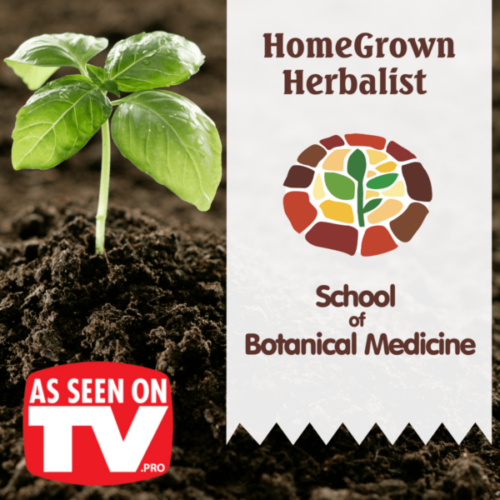
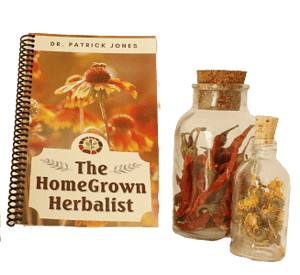

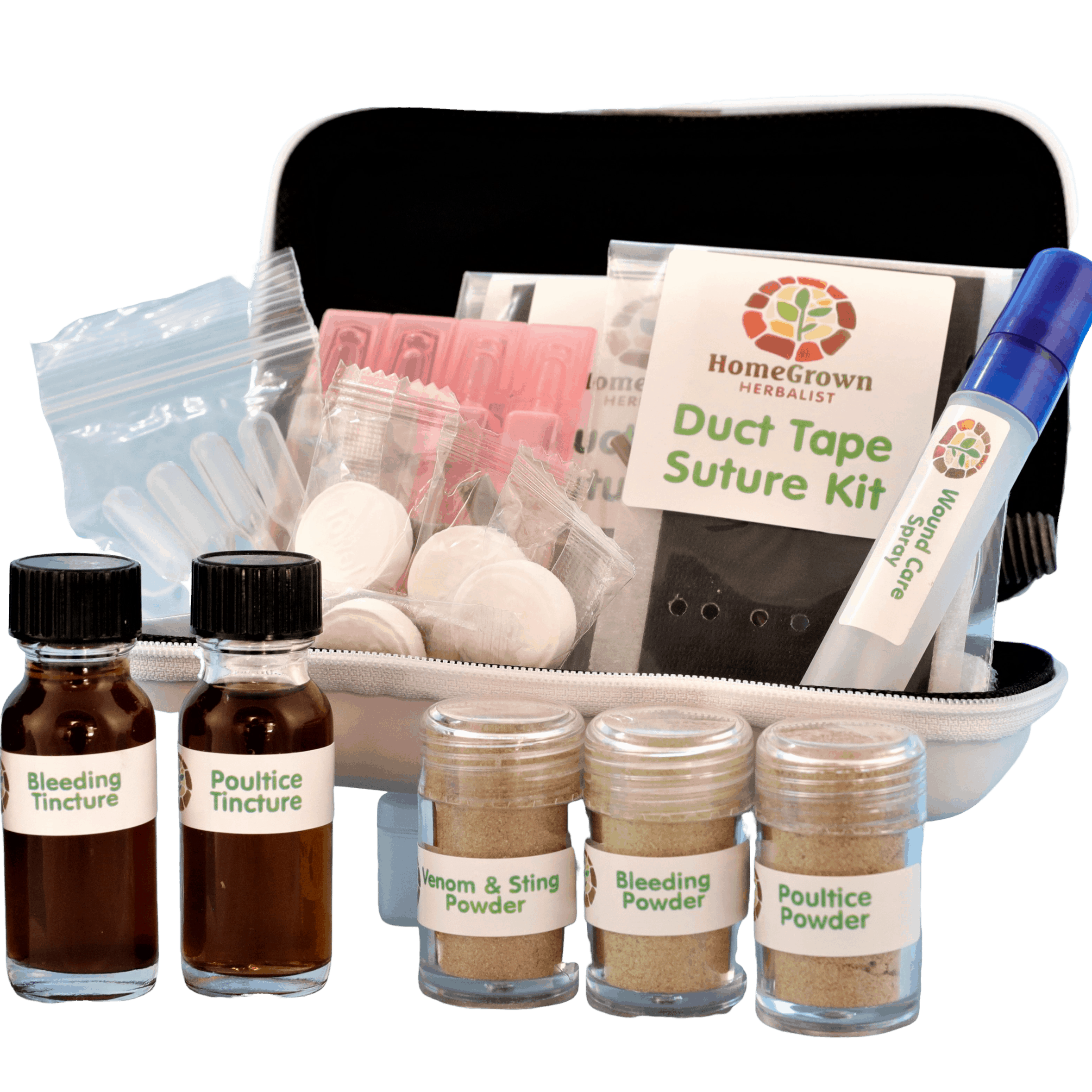

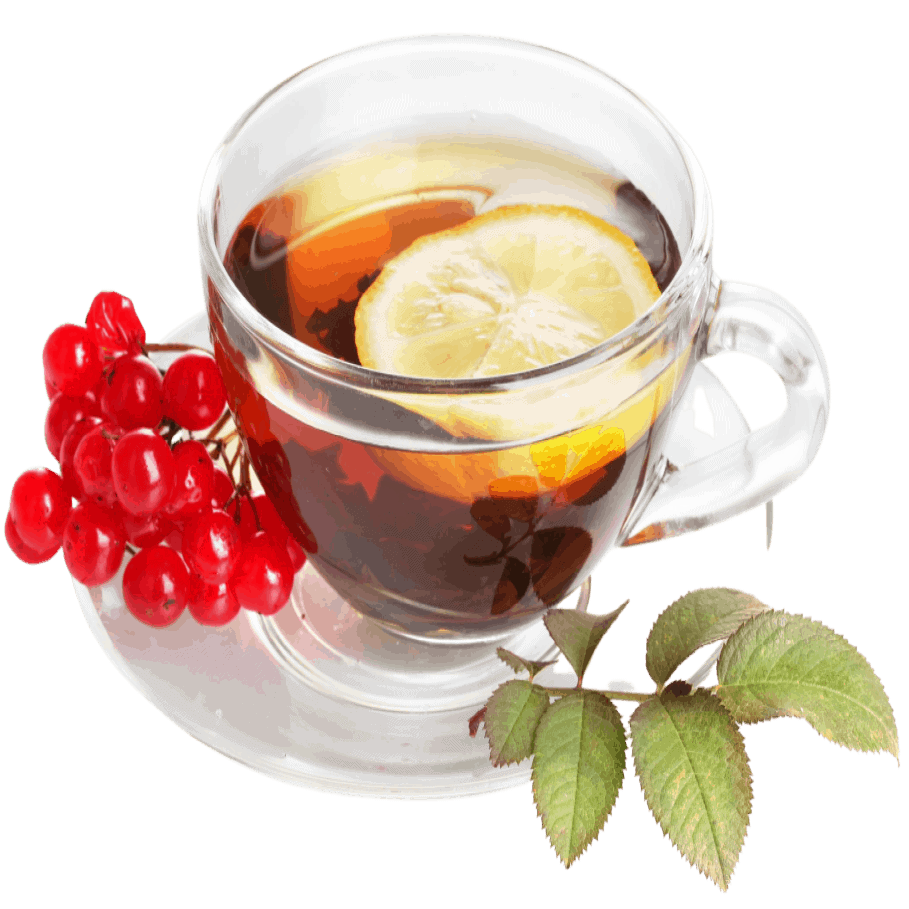
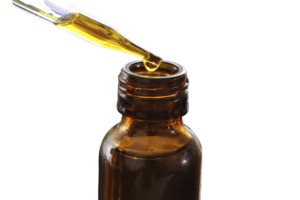
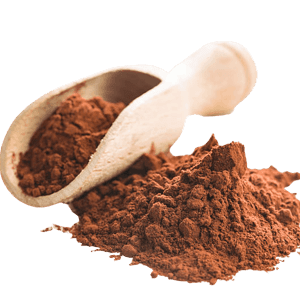

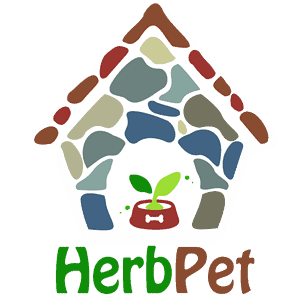
Doctor jones, what is the best way to clean a wound before treating it. My husband got a gash in his leg needing stitches one time from dropping a microwave on it. I wanted to see the Dr. treat it. I almost fainted when I saw how hard he scrubbed the open wound.
My question is what is adequate cleansing for an open cut in the woods away from H2O?
I think a little H2O is a pretty essential ingredient. If you have that, you can make an antibiotic tea from plants that are around. Yarrow would be a good choice for folks in the Western US as it’s fairly common. Barberry or Oregon grape would be good as well. You could put a bottle of INFXN BugBuster tincture in your pack and dilute that 1 tsp tincture to 2-4 oz water.
Or, better yet, you could carry a HomeGrown Herbalist Cut Bite & Sting Kit. Then you’d have everything you need including the water.